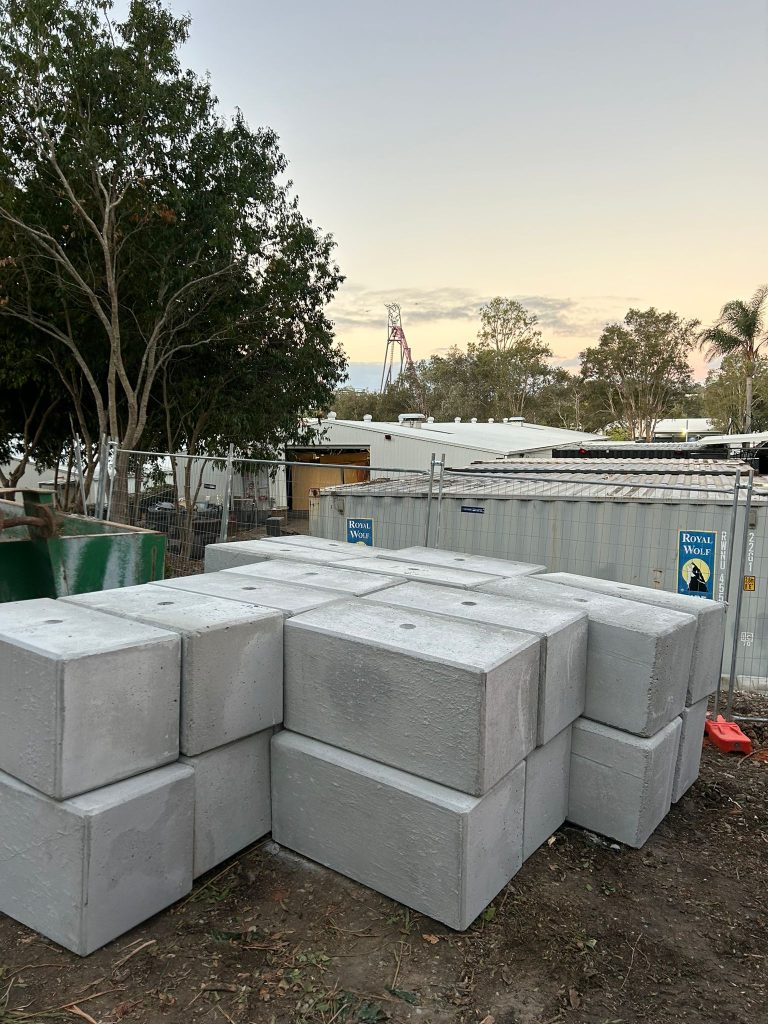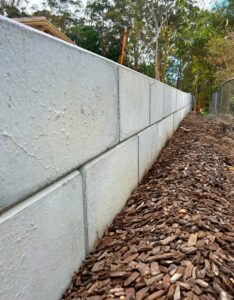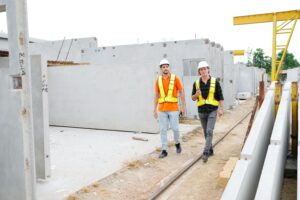Interlocking concrete blocks are a cornerstone in modern construction, revered for their unique ability to lock together without the use of mortar. These blocks provide remarkable stability and strength, making them ideal for various structural applications, from residential projects to large-scale commercial developments. Their versatility allows them to be used in diverse settings, ensuring both functional and aesthetic benefits. Discover more about our Interlocking Concrete Blocks.
Installation Guide for Interlocking Concrete Blocks Cost Analysis:
How to Install Interlocking Concrete Blocks:
The installation process for interlocking concrete blocks is streamlined thanks to their innovative design. To begin, it’s crucial to prepare a stable and level surface. Position the blocks starting from one corner or edge, ensuring each block is correctly aligned. The interlocking features snugly fit together, providing inherent stability as the structure rises.
Commonly Asked Questions on Installation:
-
How do you install interlocking concrete blocks?
Initiate by preparing a leveled area. Begin placing the blocks at the lowest elevation, ensuring each block is aligned accurately as you progress.
-
How to prepare the ground for interlocking bricks?
Clear the area of organic material and debris, level the surface, and lay a layer of landscape fabric topped with crushed stone or gravel, which should be compacted firmly.
Base Preparation and Materials
What to Put Under Interlock:
Preparing a stable base is essential for the longevity and performance of the interlocked structures. Typically, a layer of compacted material such as gravel, sand, or concrete is used. This base provides a firm and even foundation, enhancing the overall durability and effectiveness of the interlocking blocks.
FAQ: What do you put under interlock?
For a robust and durable base, use a compacted layer of crushed gravel, coarse sand, or concrete, approximately 4-6 inches deep. This base layer not only supports the blocks but also ensures proper drainage, helping to prevent shifting and settling.

Benefits of Using Interlocking Concrete Blocks for Construction
Interlocking concrete blocks offer numerous advantages that make them a preferred choice in the construction industry:
- Rapid Installation: The ease of assembly significantly reduces build times and labor costs, making projects more economical and faster to complete.
- Cost-Effectiveness: The standardized manufacturing process minimizes waste and reduces the need for skilled labor, further lowering project costs.
- Durability and Strength: These blocks are designed to endure extreme environmental conditions, providing long-lasting structures that are resistant to weathering, erosion, and decay.
- Design Flexibility: Available in various shapes, sizes, and finishes, interlocking blocks meet both structural and aesthetic needs, allowing for creative and customized construction solutions.
- Environmental Sustainability: Many manufacturers, including InfraBlock, use recycled materials in their blocks and employ sustainable manufacturing practices, which appeal to environmentally conscious consumers and contribute to greener construction methods.
Applications of Interlocking Concrete Blocks in Australia
Interlocking concrete blocks are utilized extensively across various sectors, demonstrating their adaptability and effectiveness in numerous construction scenarios:
- Retaining Walls: They provide essential support for soil retention, especially in landscaped areas or where elevation changes are significant.
- Storage Bays: Ideal for creating sturdy and durable storage areas that can withstand heavy loads.
- Barriers: Frequently used for traffic management or as safety barriers in both commercial and residential areas.
- Landscaping Features: Often used in decorative garden walls or as borders that enhance the aesthetic of outdoor spaces.
Cost Analysis of Interlocking Concrete Blocks in Australia
The cost of these blocks can vary widely depending on their size, type, and the required quantity. They are generally viewed as economical due to minimal waste and reduced labor. However, for specific applications like retaining walls, costs can be influenced by factors such as block quality, wall height, and design complexity. Industry benchmarks suggest that prices can reach up to $680 per square meter. For precise and current pricing, we recommend contacting InfraBlock directly. Our dedicated team offers personalized service to help you understand the specific cost factors for your project.
Choosing the Right Supplier for Interlocking Concrete Blocks in Australia
Selecting the right supplier involves evaluating their product range, quality certifications, customer service, and delivery options. InfraBlock distinguishes itself not only through the quality of our products but also through our commitment to sustainable practices and a customer-centric approach, ensuring you receive the best solutions tailored to your needs.
InfraBlock’s Range of Interlocking Concrete Blocks
We offer a comprehensive range of interlocking concrete blocks, manufactured to the highest industry standards, ensuring durability and performance. Our commitment to sustainability—evidenced by our initiative to save up to 11,000 tons of concrete annually through recycling—demonstrates our dedication to reducing environmental impact.
For more information or to discuss the specific requirements for your next project, contact InfraBlock today. Our experts are ready to assist you in selecting the right products, ensuring your project’s success with our innovative and sustainable solutions.




